You want to hit the road in your RV. You want to have power, but you don’t want to rely on gas or noisy generators. You are tired of being tied to a campground power hookup.
RV solar panels give you freedom. They let you run your appliances anywhere you go. You can have power for lights, a fridge, or even your AC, no matter where you camp.
I remember when I first started my solar journey. I thought solar was just for houses. But then I saw people using it on their RVs. It changed how I thought about power.
[Table of contents]
What are the basics of RV solar power?
Getting started with RV solar can feel confusing. But it is not as hard as it looks. There are just two main types of solar setups you need to know about.
RV solar power works by using panels to turn sunlight into electricity. This power goes into a battery and can run your lights and appliances. The two main types are permanent roof-mounted panels and portable panels.
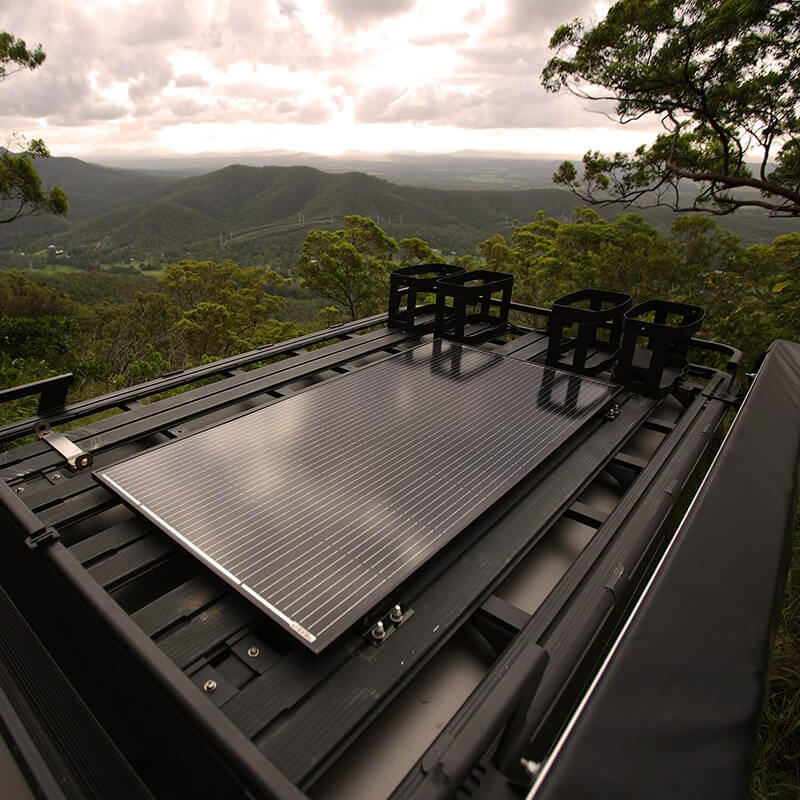
RV Solar option #1 : Permanent, roof-mounting solar panels
These panels are fixed to your RV’s roof. They are always charging when the sun is out.
- Pros: They are “set it and forget it.” You do not have to set them up each time. They are great for long trips. They save space on the ground around your campsite.
- Cons: They are a permanent change to your RV. You cannot move them. They can be blocked by shade from trees or buildings.
How to use rigid solar panel for RV?
Using a rigid panel is simple. You just mount it on the roof. You connect it to your solar controller and battery. The panels are built tough, so they can handle road trips.
A 150W or 200W rigid solar panel is a smart choice for many RV owners who want a permanent power source.
What can a 150W or 200W rigid panel do?
A 150W Solar panel is a great starting point. It can handle your basic needs. Think about a small fridge, lights, and charging your laptop and phones. It’s a perfect size for a weekend warrior or someone who doesn’t use a lot of power.
A 200W panel gives you more flexibility. It’s better if you want to run more things or if you travel in places that are not always sunny. It can charge your batteries faster. This means you can run a bigger fridge, a fan for longer, or even a small coffee maker. The extra power gives you more freedom.
For example, our XRSOLAR 200W RV Solar Panel is made with strong glass and a solid frame. It can handle bumps on the road. It gives you steady power. You just need to make sure the wires are safe and the panel is secure.
RV Solar option #2 : Portable solar panels
These are panels you can move around. You can place them on the ground or lean them against something.
- Pros: You can chase the sun. If your RV is parked in the shade, you can put the panels in a sunny spot. They are easy to store when you are not using them.
- Cons: They take up space. You have to set them up and pack them away each time. They are not always charging while you drive.
Why the Portable solar panel is popular for RV owner?
Portable panels are popular because they are flexible. Many RV owners like to park in the shade. With portable panels, they can do that. They just run a long wire to where the sun is. This keeps the RV cool inside. It’s a simple idea that gives a lot of comfort.
XRSOLAR 200W portable solar panel is a great choice for RV owners who want a simple way to add solar power. This size is popular because it’s a good balance between power and portability. It’s not too heavy, and it can generate enough electricity to handle a lot of common RV needs.
What can a 200W panel power?
A 200W panel can produce roughly 1000-1200 watt-hours (Wh) of power on a good, sunny day. This is often enough to keep your essentials running. Here’s what that looks like in terms of common RV appliances:
- Lights: It can easily power all your LED lights.
- Charging Devices: You can charge phones, laptops, and tablets all day.
- Small Fridge/Cooler: A 200W panel can keep a small RV fridge or cooler running without a problem, as long as it gets good sun.
- Fans: It’s more than enough for a few fans to keep the air moving inside your RV.
When a 200W panel is not enough
While a 200W panel is great for essentials, it won’t be enough for high-draw appliances.
The biggest thing a 200W panel won’t handle is an air conditioner. An RV air conditioner can use over 1500W per hour. You would need many more panels and a much larger battery bank to run one. You also can’t power things like microwaves or hair dryers with a single 200W panel.
How many solar panels do you need?
This is the big question. It is like asking how many clothes you need for a trip. It depends on what you want to do.
The number of solar panels you need for your RV depends on what appliances you want to power. A simple setup for lights and a fan needs fewer panels than a system that runs an air conditioner.
Air conditioning is the difference-maker
This is the biggest power user. Running an AC unit needs a lot of power.
- For a small fan and lights, you might only need a 100W portable panel and a small battery.
- For a fridge and some small electronics, you might need a 400W system with a good battery.
- For an air conditioner, you are looking at a much bigger system. This means more panels and more batteries. For example, a 1500W AC unit would need about 6-8 solar panels, and a large battery bank. It is the biggest factor in your decision.
This is a quick guide.
| Appliance | Power Use (Watts) | Suggested Panels |
|---|---|---|
| Lights | 10-20W | 1 panel (100W) |
| Fridge | 50-100W | 2-3 panels (300-400W) |
| Laptop | 50W | 1-2 panels (100-200W) |
| AC Unit | 1500W+ | 6+ panels (1000W+) |
Conclusion
Solar panels can give you power and freedom on the road. Pick a permanent or portable setup. Then, find the right number of panels for the things you want to power.

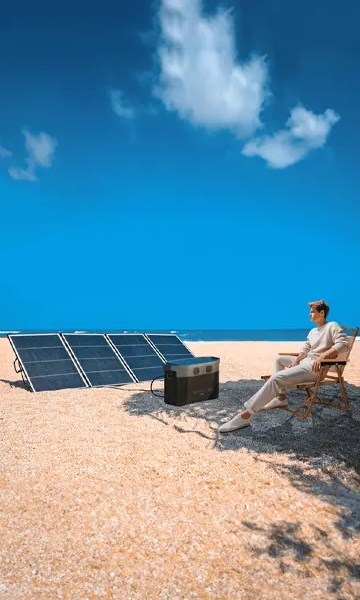
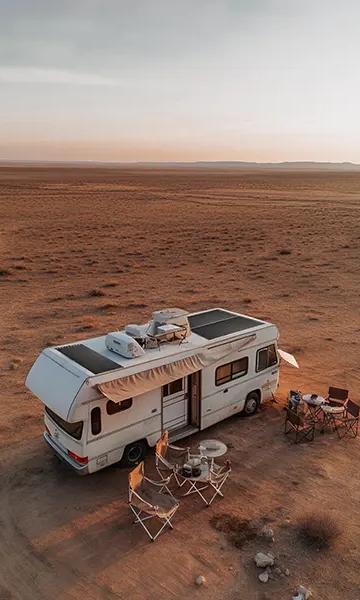
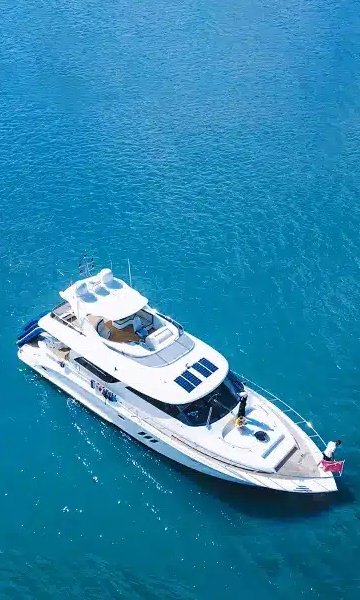
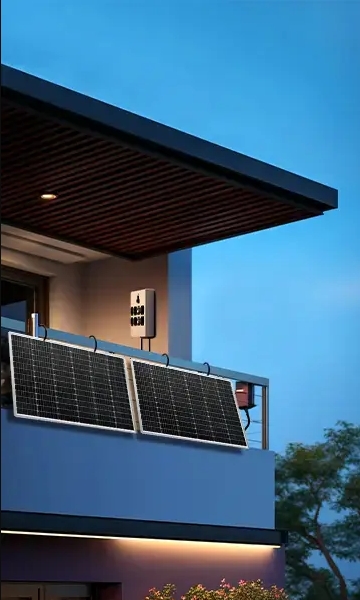
0 Comments